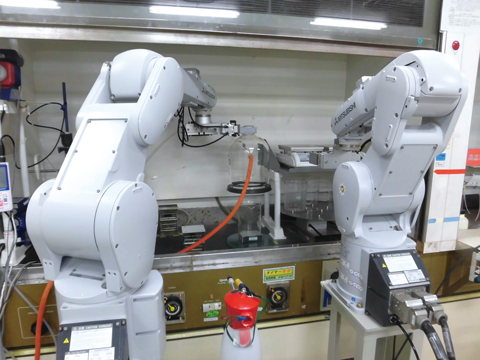
Fig.1-40 Photograph of a chemical-separation system
The radioactivity concentrations of cesium-134 (134Cs) and -137 (137Cs), which were influenced by the accident at the TEPCO’s Fukushima Daiichi NPS (1F), have been measured in environmental samples and reported by various institutions.
Conversely, there have been few reports of the radioactivity concentration of strontium-90 (90Sr), owing to the fact that the analytical method for 90Sr is very complicated and takes more time than that for radioactive Cs. Therefore, various rapid analytical methods have been developed to measure 90Sr-radioactivity concentration in environmental samples since the 1F accident. However, these methods are limited by sample volume and difficulty in measuring 90Sr concentrations, similar to the environmental level of 0.02 Bq/kg·raw. In addition, workers must perform analysis using specific chemical techniques.
Thus, an automatic analysis system has been developed, capable of isolating Sr with a standard radioactivity-measurement method, in order to analyze and measure 90Sr radioactivity concentration in an environmental sample. Standard methods include the ion-exchange method, the white-fuming nitric acid method, the oxalate method, and the solvent-extraction method; the ion-exchange method was selected for this research. The method was divided into three processes such as (1) wet digestion, (2) chemical separation (Fig.1-40), and (3) ion-exchange, which were developed, respectively. Finally, the automatic analysis system was used to analyze ashed agricultural, farm, and marine products.
Previously, all analytical procedures have been conducted by a worker and the sample-size and duration of the analysis depended on their skill. However, the developed system can semi-automatically analyze 90Sr depending on sample type. Therefore, a person with basic knowledge of chemical analysis can perform analysis with the system, reducing their personal risk of exposure to a chemical reagent. In particular, using a wet-digestion process, the worker is not exposed to treatment risk because the addition of nitric acid and hydrogen peroxide need not be performed by the worker.
Moreover, the system may also be used to analyze other radionuclides such as plutonium, meaning it may have a large ripple effect on radiochemical analysis. With continuous research, our objective is to allow workers to automatically perform chemical analysis.
This research was sponsored by the Center for Revitalization Promotion, the Japan Science and Technology Agency (JST).